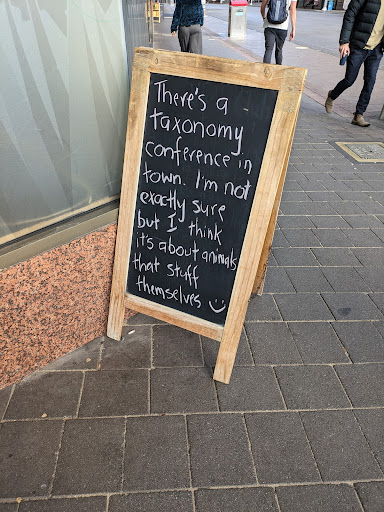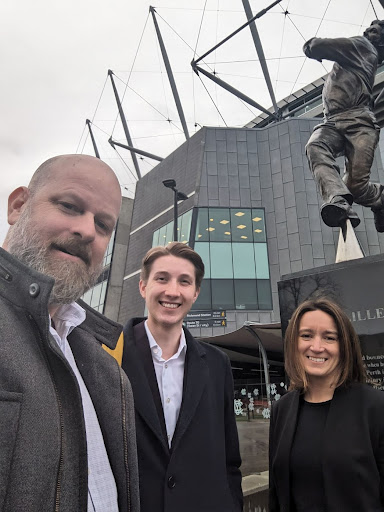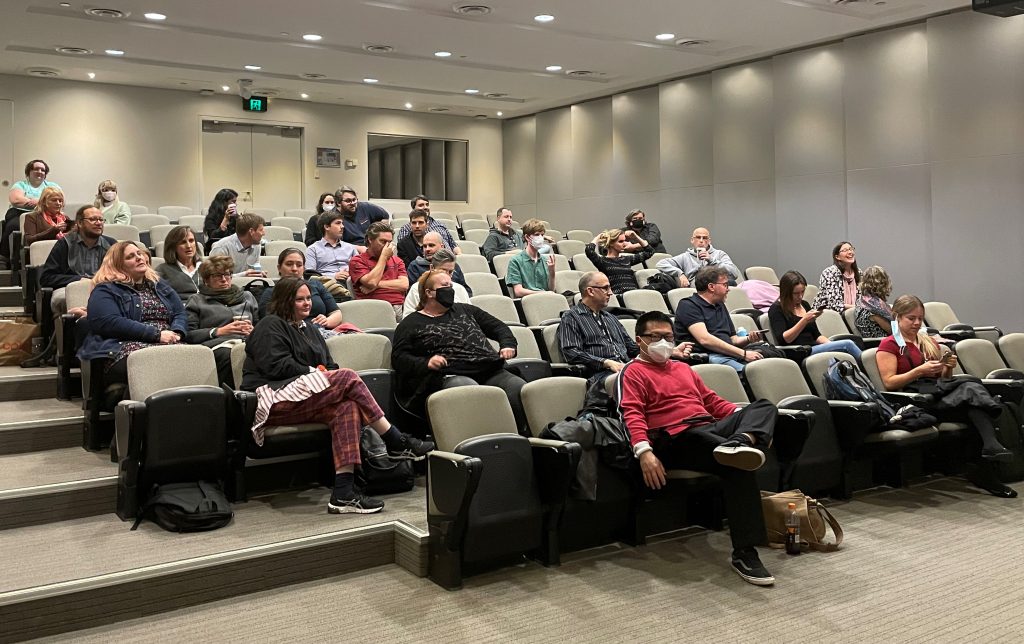This year marks the 20th year of Gaia Resources.
This year, you’re going to see a fair bit from us recapping what we’ve done to get to where we are over the last 20 years, and we thought we’d start this off in January with a bit of a look back to the start of things.
Back in 2004, I had left working in a biodiversity survey company to finish my Masters in Business Administration, and then started the current iteration of Gaia Resources (technically, I used the name back in 1997 and 1998 when I was doing some short term contracts for various organisations).
Gaia Resources started from my home – technically, from a small table in a side area off our lounge room – and look how we’ve come full circle – now, post COVID, we are mainly working from home these days once more.
The story of Gaia Resources – right back from that table – is one that I look back and think about regularly – seeing some of the challenges we’ve faced and overcome really does help you to have the strength to take on new challenges and to solve other problems that arise. So I thought I’d just write a little about the areas we’ve worked in over the twenty years as a starting point, and how far we’ve come.
When I started the company we were providing a range of spatial data services to the biological survey part of the environmental industry. We were busy digitising the maps and tables from a range of different biological survey reports, creating digital datasets from paper sources. Oh, how far we’ve come since then – like the projects we’ve done like using Artificial Intelligence to capture biodiversity data (such as our work with the Northern Territory). One constant though – it has also been important to interacting with biodiversity data standards when doing this data collection (like the TDWG standards and the new Australian Biodiversity Information Standard), as we have done that throughout our history.

This pic was from The Stagg cafe in Hobart during the TDWG 2023 conference
In 2005 we saw the arrival of Google Maps, and that started to change the landscape of spatial data quite quickly – all of a sudden it was much more desirable to present spatial data through the browser. Google Maps started to get traction over the next few years and we realised that digitising and producing paper maps was on the way out, so we started to hire software engineers into the company to build systems to manage spatial data. To this day we are continuing to develop these biological data systems, such as our work on the Western Australian Biodiversity Information Office (both design and build) and the federal government’s Biodiversity Data Repository.
During those early days, we also found ourselves working with the Western Australian Museum, where we were supporting their collections databases – registers of all the vouchered specimens that they have in their collections. This led to a chance meeting and discussion around Archives, and then we were providing services to a whole new sector, which has become one of the areas I’m very proud of.
We have delivered a range of open source collections databases to the Archives sector in Australia, across Western Australia, Victoria and most notably Queensland, where – on the back of our work with the Queensland State Archives – we set up our second office in Brisbane. All of a sudden, we were an Australian company – not just a Western Australian one. So, from our origins around that little table, now we have offices and staff right around Australia – that’s been a big change!
As an aside – the Archives bug had bitten me in particular, and how! Being at the most recent national Archives conference in Melbourne just reaffirmed how important this sector is – and how much we enjoy being part of it. Going from our simple first steps of implementing collections databases to now implementing complete archival systems, including comprehensive digital preservation systems – all of this has been a big shift from our origins, but in the right direction!

Luke, Sarah and I went to the ASA conference in Melbourne in 2023 – our sixth one. Dennis Lillee was there already
The Environment and Collections areas have become pillars of what we do at Gaia Resources; there are other areas we also work in, but these two have come to be our mainstays. We’ve even now designed the company to have these as our “units” – so that we are focused on our clients in these areas, and delivering high quality services to them.
There are a lot of people that have helped Gaia Resources get to the 20 year mark; clients, colleagues, friends and family. But throughout the whole thing we could not have done what we have, as well as we have, without our team – our staff, our family away from home. These people – past and present – have all contributed in some way to the organisation and without them we would not be here. So to talk about the history of Gaia Resources without the people that came on the journey – so thank you to everyone who has, still does, (or will) work here at Gaia Resources – the place wouldn’t be what it is without your input along the way. Thank you.

The team at team week in 2022 in Perth – one of the fondest memories from the last couple of years (which will be repeated this year – hopefully without COVID!)
I’m forever grateful to lead this team on our mission of making the world a better place, through the delivery of sustainable technology solutions in a responsible manner. This year is going to be one where we get to celebrate that just a little bit, and that’s going to make for some fun times ahead.
Stay tuned for more about our history over the year, and for some bright new initiatives that we’re heading into. Meanwhile, if you want to know more about us, why not drop me a line on email, or through our social media channels – Facebook, LinkedIn, X/Twitter and now Instagram!
Piers

Comments are closed.